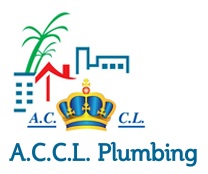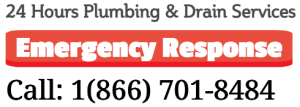Plumbing work can be hazardous if not done properly. As a homeowner or plumber, it’s essential to take necessary safety precautions to prevent injuries and ensure a safe working environment. In this article, we’ll discuss the importance of plumbing safety, common hazards, and best practices to follow.
Importance of Plumbing Safety
Plumbing safety is crucial to prevent:
1. Injuries: Cuts, burns, and strains from sharp objects, hot water, and heavy lifting.
2. Water Damage: Leaks, floods, and water damage to property and belongings.
3. Health Risks: Exposure to contaminated water, chemicals, and bacteria.
4. Fire Hazards: Electrical shock, gas leaks, and fires from improper installations.
Common Hazards in Plumbing Work
1. Water Pressure: High water pressure can cause pipes to burst, leading to injuries and damage.
2. Chemical Exposure: Chemicals used in plumbing, such as drain cleaners, can cause skin and eye irritation, and respiratory problems.
3. Electrical Shock: Electrical shock can occur from improper wiring or contact with electrical components.
4. Falls: Slippery surfaces, ladders, and uneven terrain can cause falls and injuries.
Best Practices for Plumbing Safety
1. Wear Personal Protective Equipment (PPE): Wear gloves, safety glasses, and a face mask to protect yourself from chemicals, sharp objects, and contaminated water.
2. Turn Off Main Shut-Off Valves: Turn off the main water shut-off valve before starting work to prevent water damage and flooding.
3. Use Proper Lifting Techniques: Use proper lifting techniques to avoid strains and injuries when handling heavy equipment or pipes.
4. Follow Manufacturer’s Instructions: Follow manufacturer’s instructions for tools, equipment, and chemicals to ensure safe usage.
5. Ensure Proper Ventilation: Ensure proper ventilation when working with chemicals or in confined spaces to prevent respiratory problems.
6. Use Safety Ladders: Use safety ladders that are sturdy and secure to prevent falls and injuries.
7. Label and Identify Pipes: Label and identify pipes to avoid confusion and ensure proper shut-off during emergencies.
Additional Safety Tips
1. Regularly Inspect Plumbing Systems: Regularly inspect plumbing systems to identify potential issues before they become major problems.
2. Hire Licensed Plumbers: Hire licensed plumbers for complex plumbing work to ensure safety and compliance with local regulations.
3. Keep Work Area Clean: Keep the work area clean and organized to prevent accidents and ensure efficiency.
4. Use Safety Signs: Use safety signs to warn others of potential hazards and ensure a safe working environment.
Conclusion
Plumbing safety is a top priority for homeowners and plumbers alike. By following best practices, taking necessary safety precautions, and being aware of common hazards, you can ensure a safe working environment and prevent injuries and damage. Remember to stay vigilant, follow safety protocols, and seek professional help when needed.
References
– Occupational Safety and Health Administration (OSHA). (n.d.). Plumbing.
– National Institute for Occupational Safety and Health (NIOSH). (n.d.). Plumbing Safety.
– Plumbing-Heating-Cooling Contractors Association (PHCC). (n.d.). Safety Manual for Plumbing Contractors.
Would you like me to add any specific details or sections to this article?

